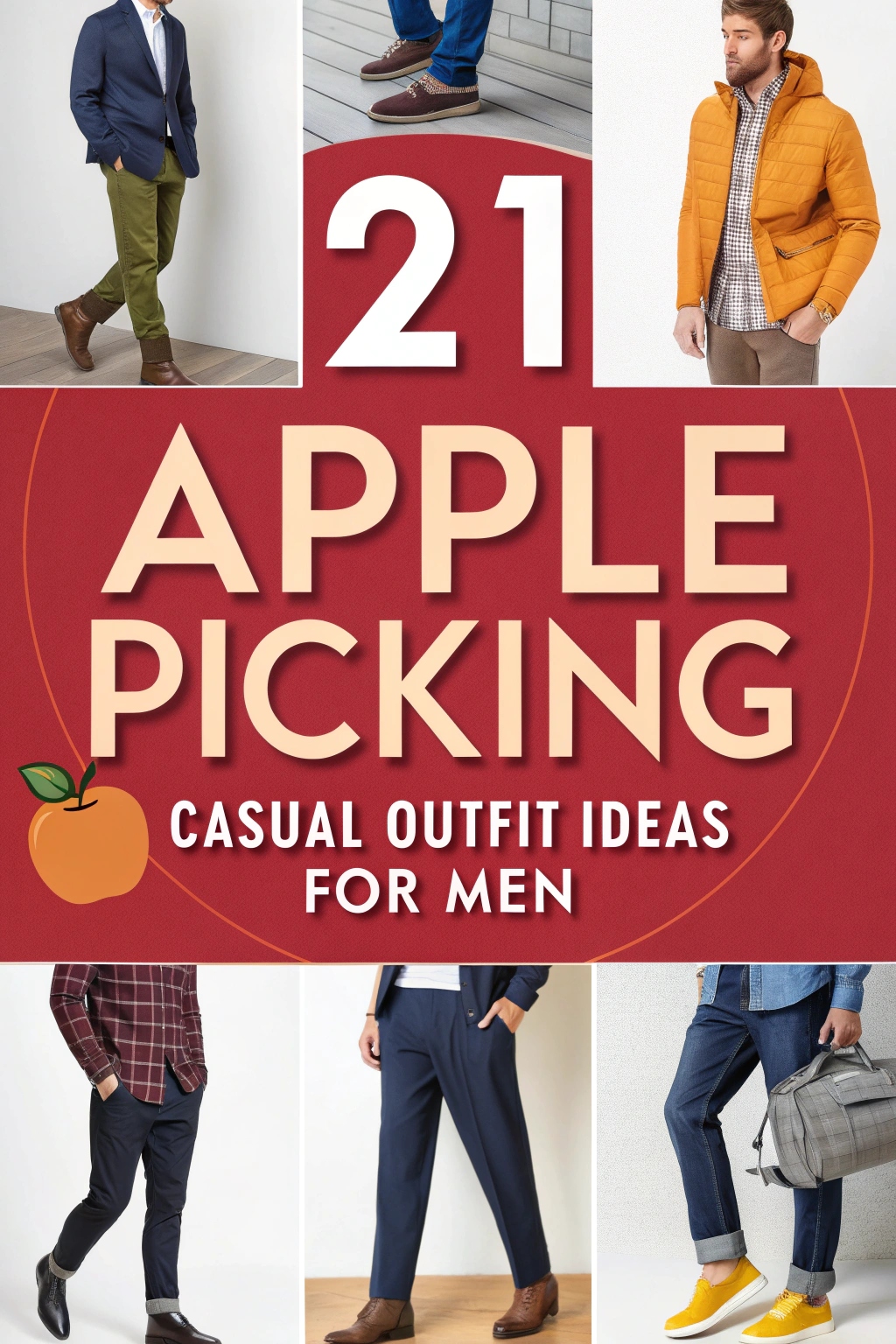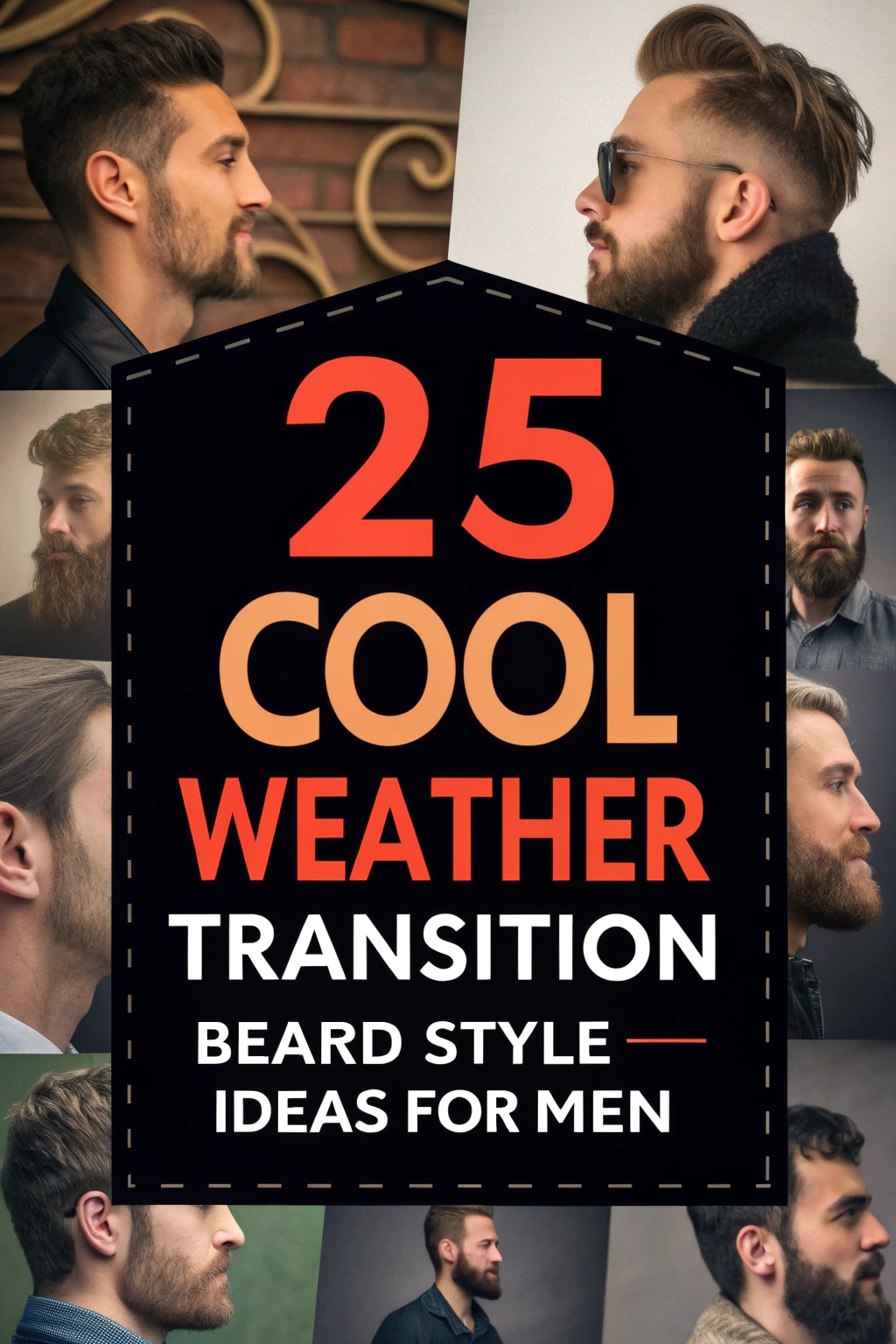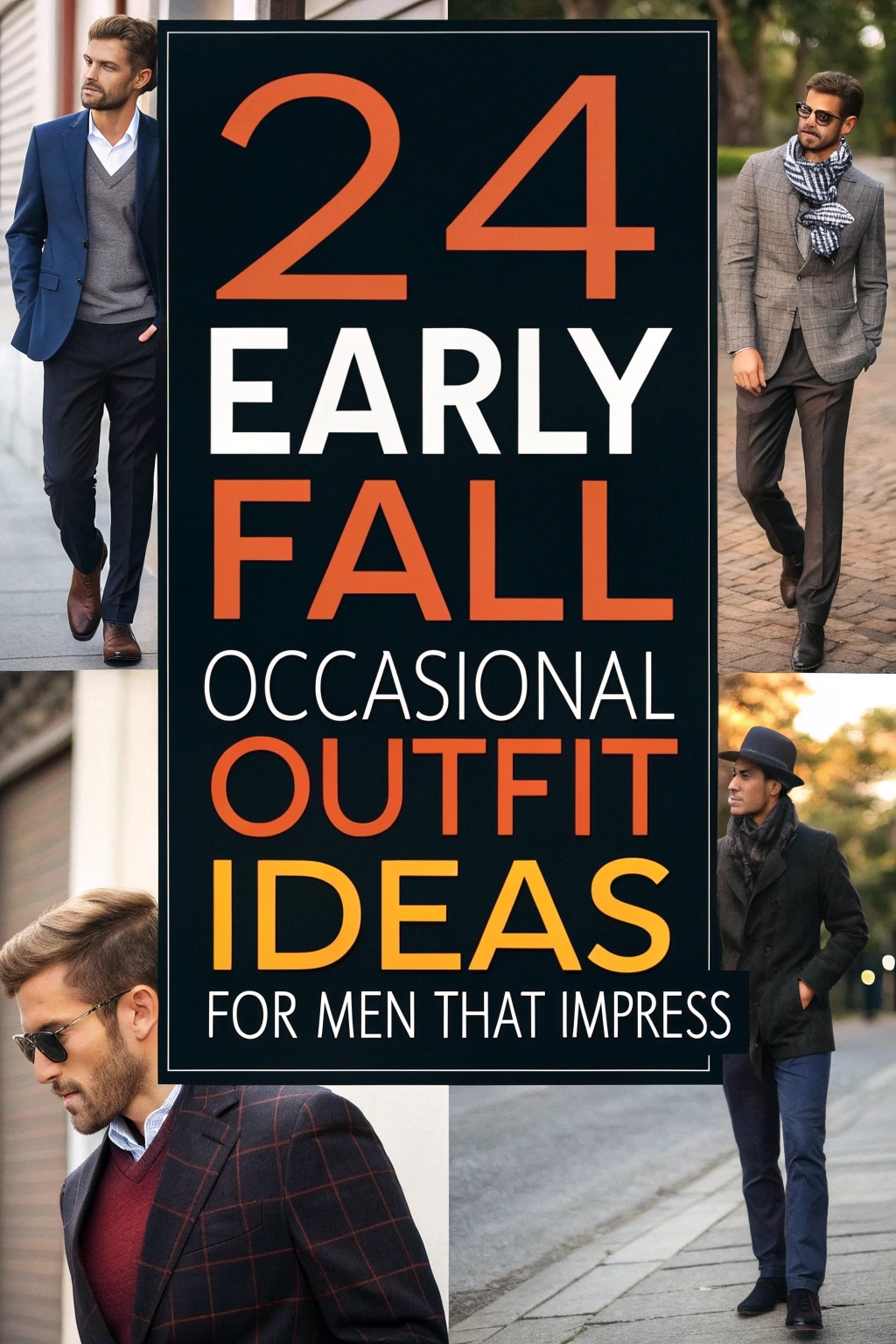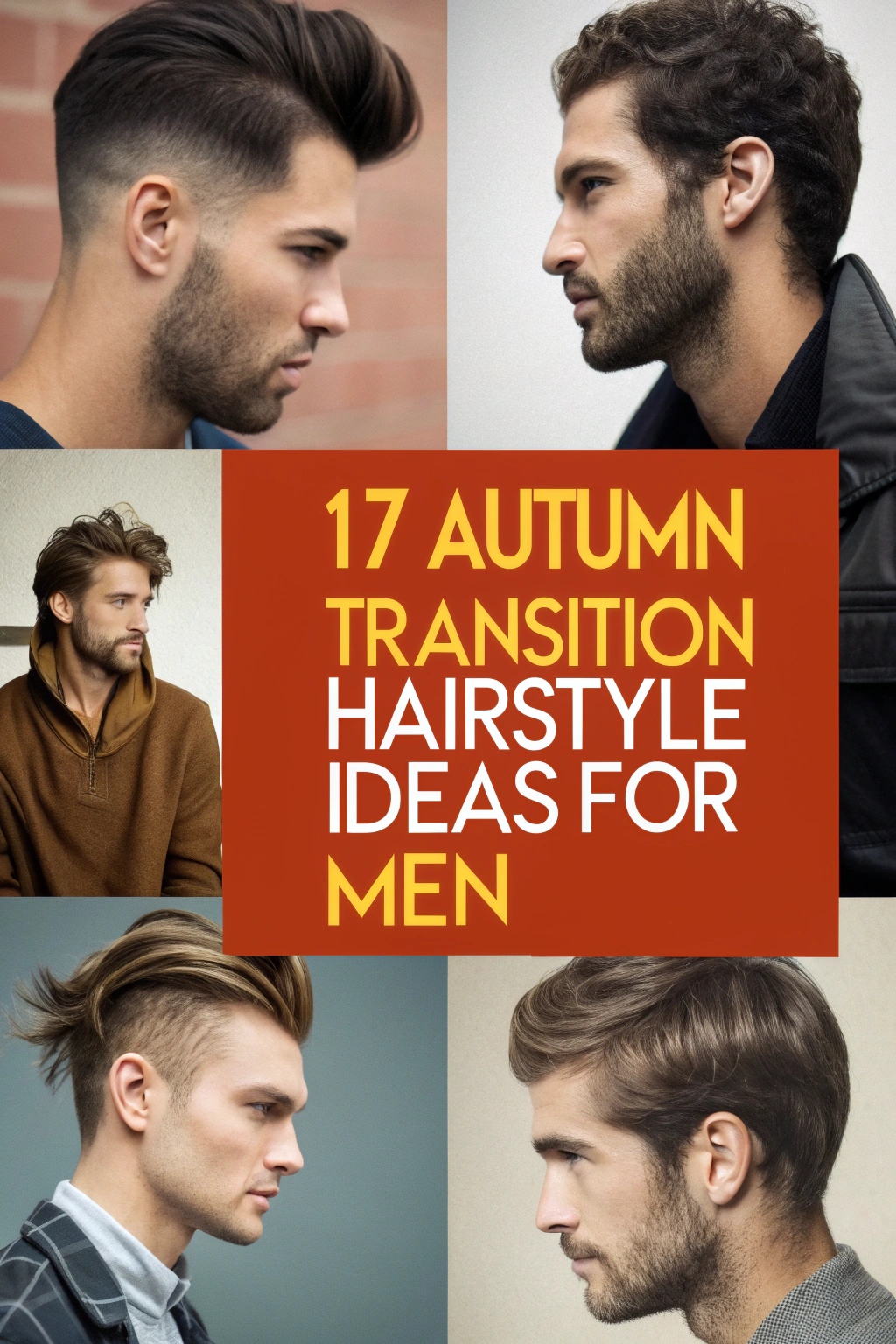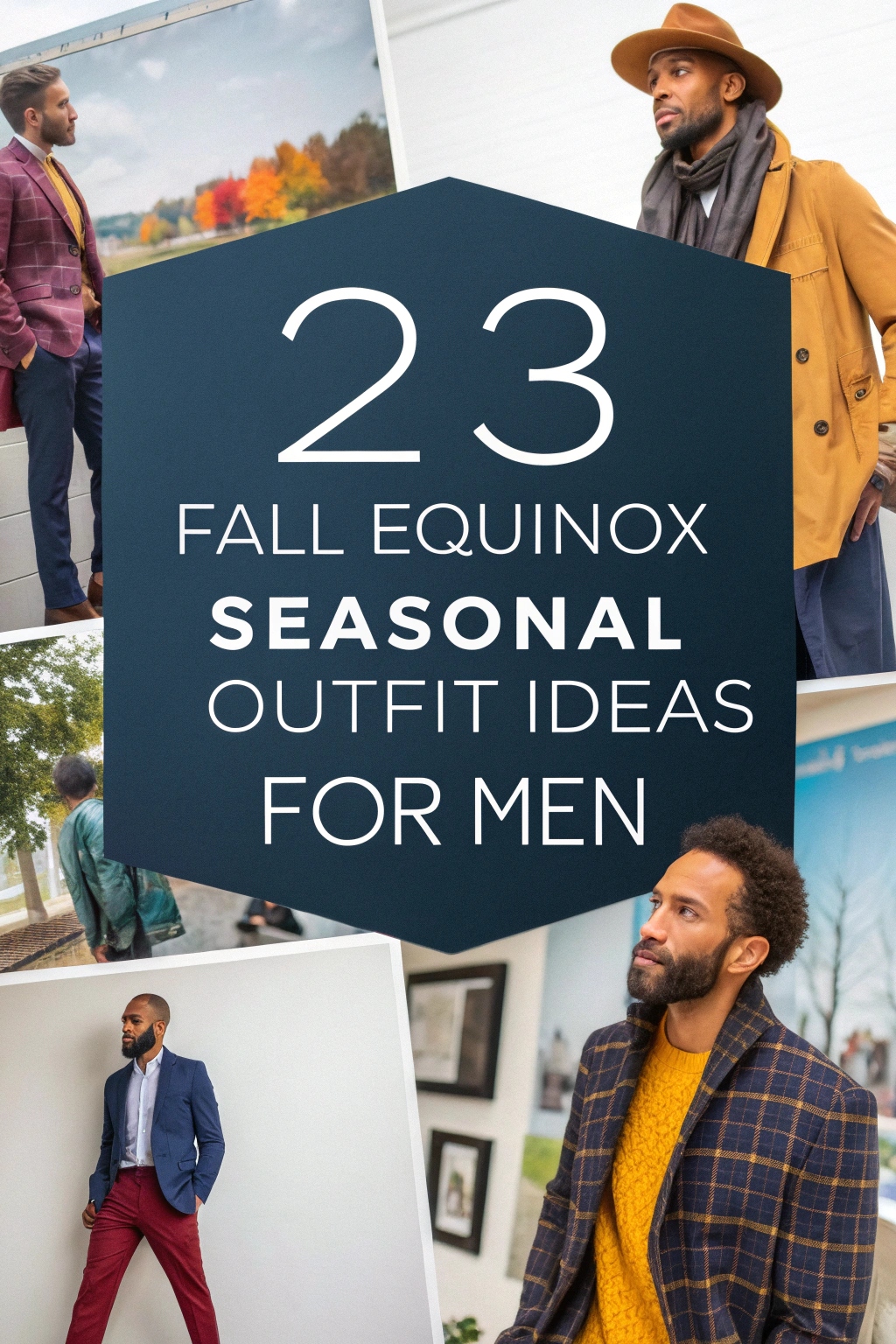
15 Timeless Victorian Mens Clothing Styles You Should Know
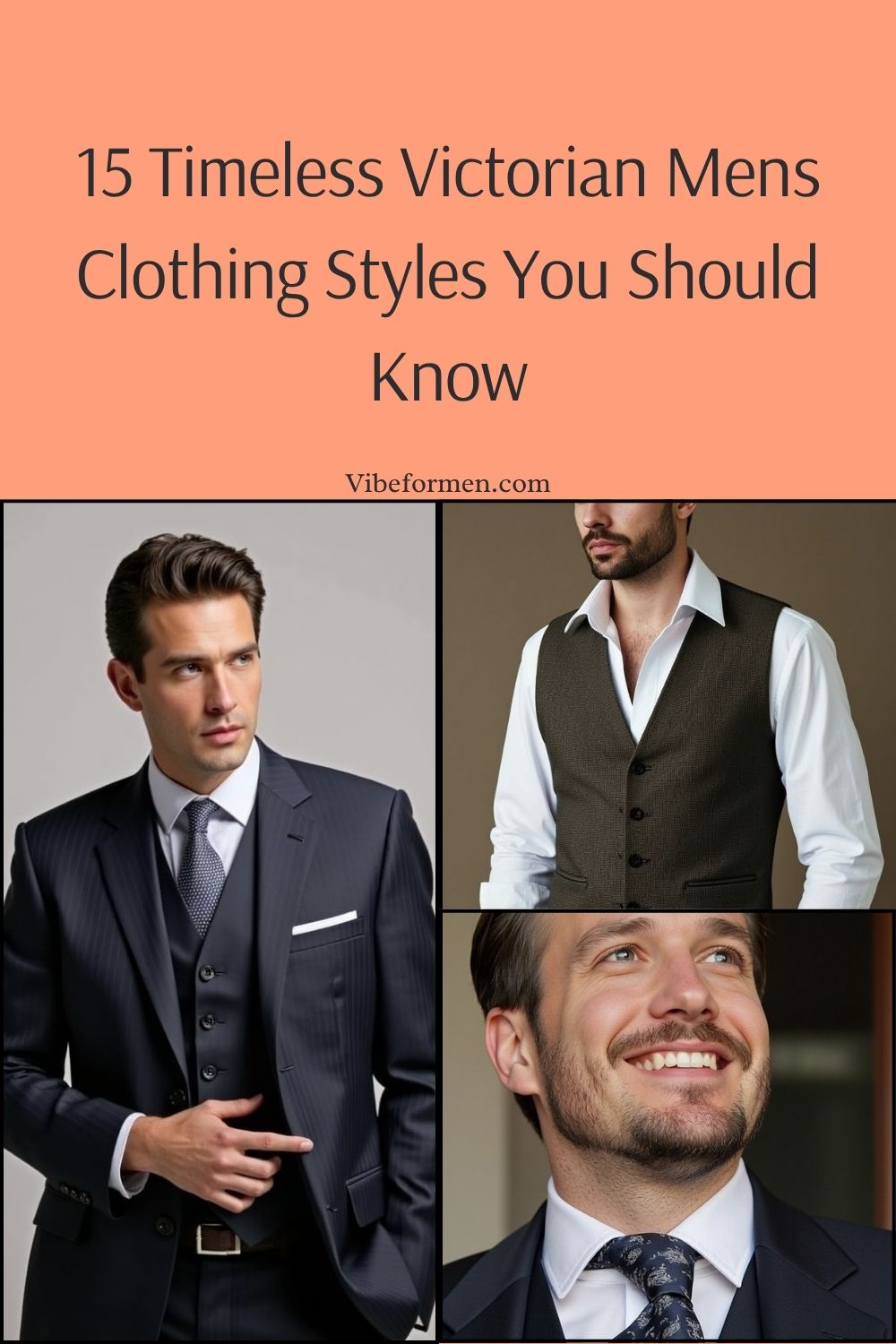
Have you ever wondered how Victorian men created an elegant look with their clothing?
Their outfits were not just pieces of fabric; they were symbols of their status and roles in society. Each item, from the well-structured frock coat to the stylish top hat, had its own purpose and details that expressed sophistication.
In the Victorian era, fashion was more than just looking good; it was about making a statement. Let’s dive into the 15 classic styles of men’s clothing from that time.
These garments were crafted with care and style, shaping the world of fashion in ways we still admire today!
Are you excited to learn more about the elegance and history behind these timeless pieces?
The Classic Frock Coat
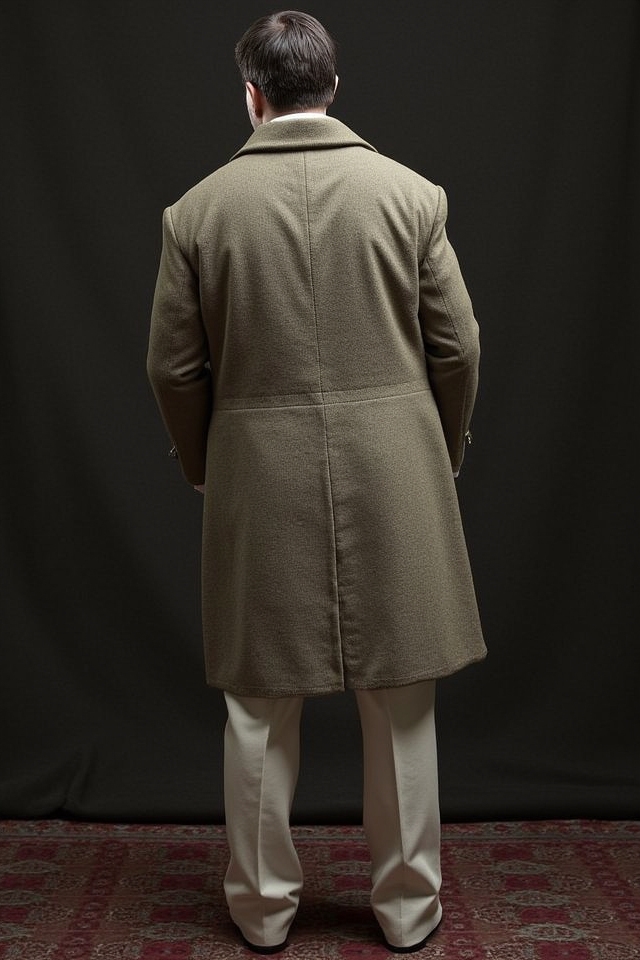
The frock coat was a hallmark of Victorian men’s fashion, epitomizing elegance and formality. Typically knee-length, it featured a fitted waist and a flared skirt, often made of dark wool or broadcloth. Worn for both business and social occasions, it symbolized status and refinement. Paired with a waistcoat and cravat, the frock coat was a versatile garment, adapting to the strict dress codes of the era while maintaining a polished, dignified appearance.
The Elegant Morning Coat
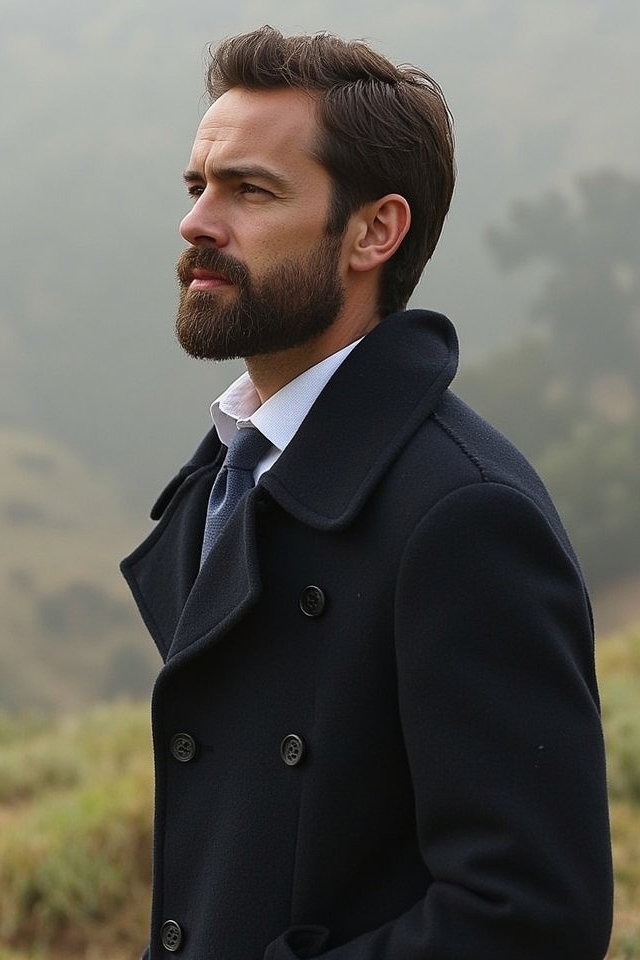
The morning coat, a hallmark of Victorian men’s fashion, epitomized elegance and formality for daytime events. Typically tailored in black or dark grey, it featured a fitted waist and a distinctive cutaway front that tapered into long tails at the back. Often paired with striped trousers, a waistcoat, and a cravat or tie, it was the preferred attire for weddings and formal morning occasions, reflecting a gentleman’s refined status and impeccable style.
The Iconic Top Hat
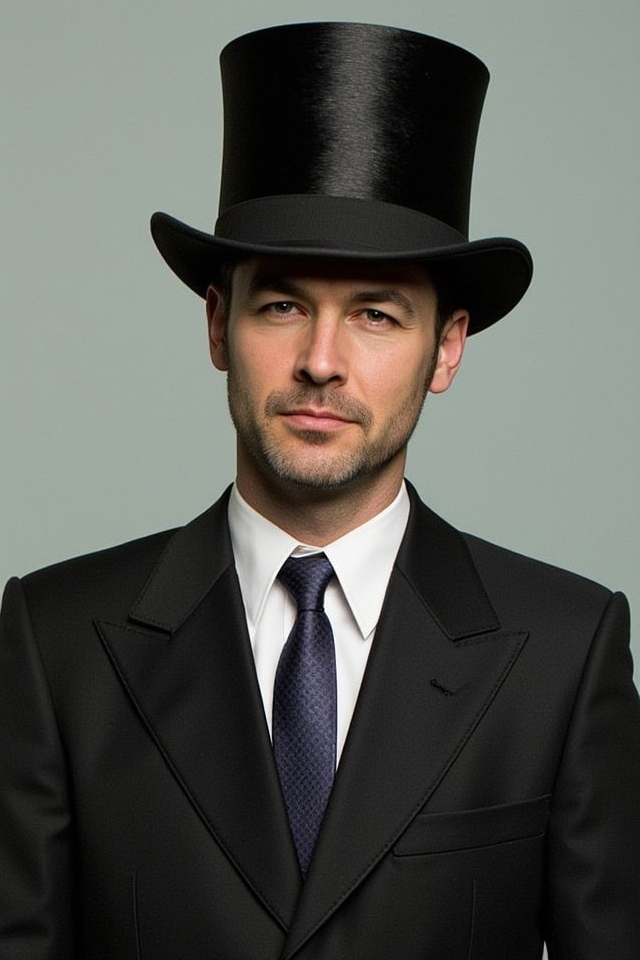
The top hat became a defining symbol of Victorian men’s fashion, epitomizing elegance and status. Typically made of silk or felt, it featured a tall, cylindrical crown and a narrow brim, often in black to signify sophistication. Worn by gentlemen across social classes, it was a staple at formal events and daily outings alike. The top hat’s height and sheen reflected wealth and refinement, making it an essential accessory in the Victorian era.
The Sophisticated Cravat
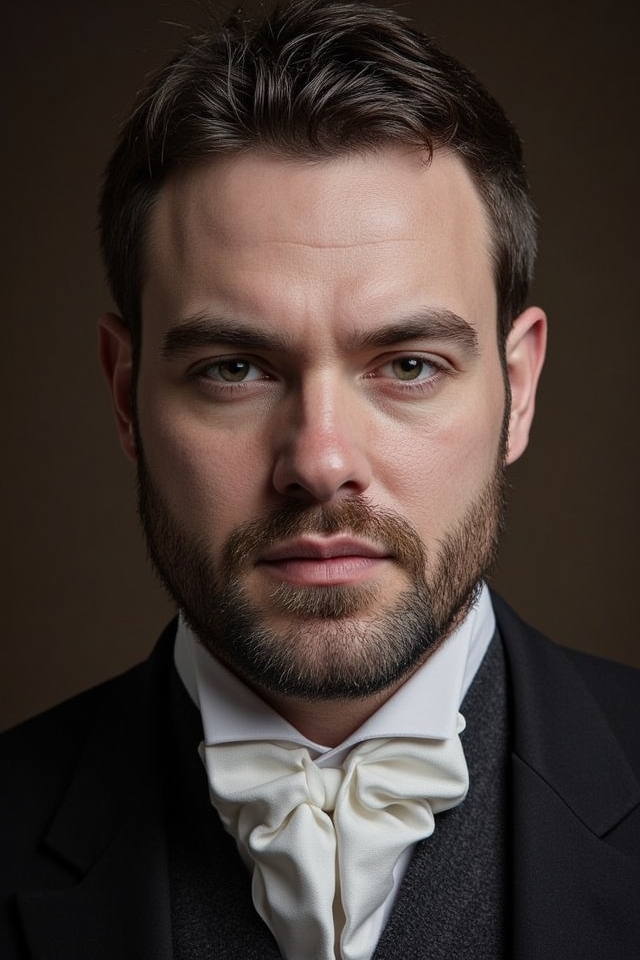
The cravat, a hallmark of Victorian men’s fashion, epitomized elegance and sophistication. This neckwear, often made of fine linen or silk, was meticulously tied in intricate knots, reflecting a gentleman’s status and attention to detail. Worn with frock coats or morning coats, the cravat added a polished touch to formal attire. Its versatility allowed for various styles, from simple folds to elaborate bows, making it an essential accessory for the discerning Victorian man.
The Formal Tailcoat
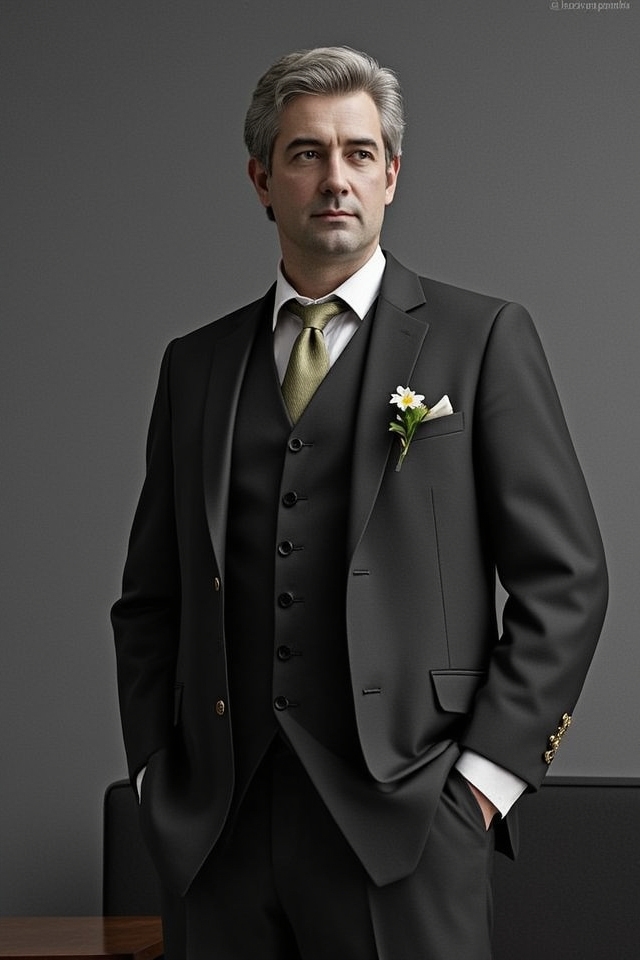
The formal tailcoat was a cornerstone of Victorian men’s fashion, epitomizing elegance and sophistication. Worn primarily for evening events and formal occasions, it featured a fitted waist, long tails at the back, and a cutaway front that highlighted a crisp white shirt and waistcoat. Often made of fine wool or velvet in dark hues like black or deep blue, the tailcoat was paired with a top hat and gloves, completing the refined gentleman’s ensemble.
The Versatile Sack Coat
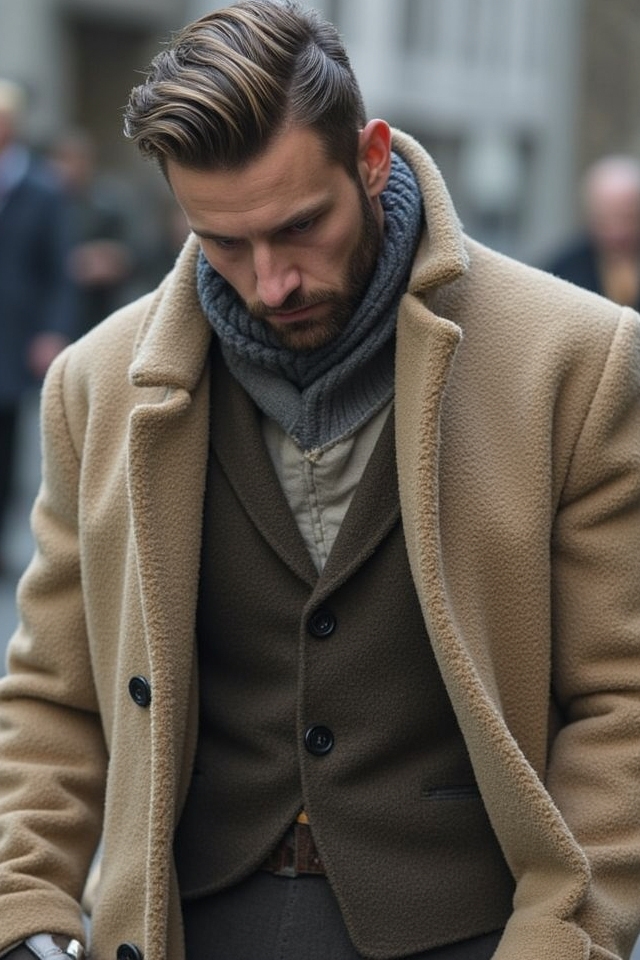
The sack coat, a staple of Victorian men’s fashion, emerged as a versatile and practical garment during the mid-19th century. Unlike the more formal frock coat, the sack coat featured a looser, less structured fit, making it ideal for everyday wear. Typically made of wool or tweed, it was often knee-length and paired with matching trousers. Its adaptability suited both business and casual settings, reflecting the era’s shift toward functional yet stylish menswear.
The Polished Three-Piece Suit
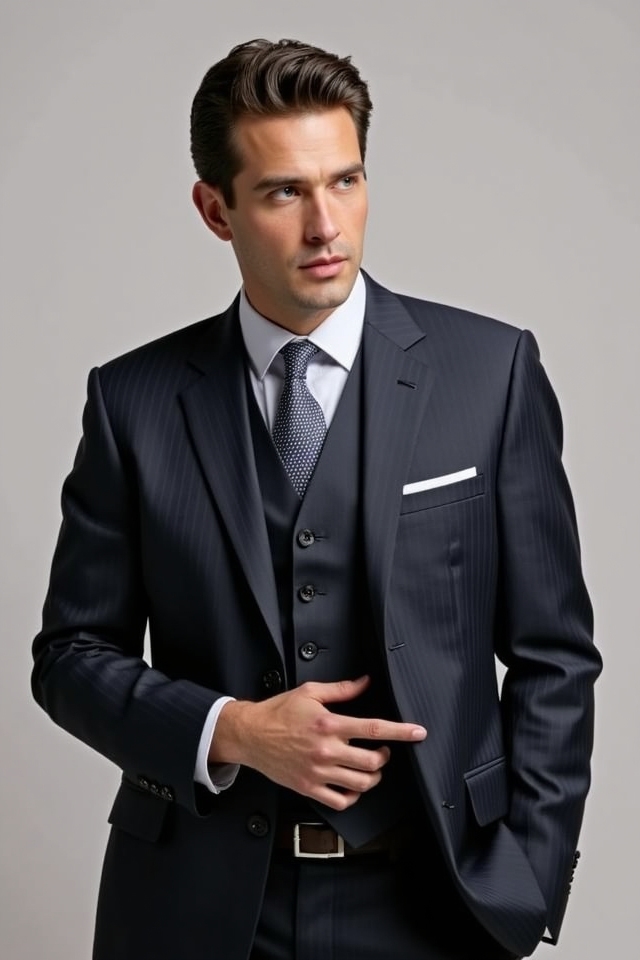
The polished three-piece suit was a hallmark of Victorian men’s fashion, embodying elegance and social status. Consisting of a tailored jacket, waistcoat, and trousers, often made from fine wool or tweed, it was a staple for formal and business occasions. Dark colors like black, charcoal, and navy were popular, reflecting sobriety and refinement. Paired with a crisp shirt and cravat or tie, the three-piece suit defined the sophisticated Victorian gentleman’s wardrobe.
The Distinctive Bowler Hat
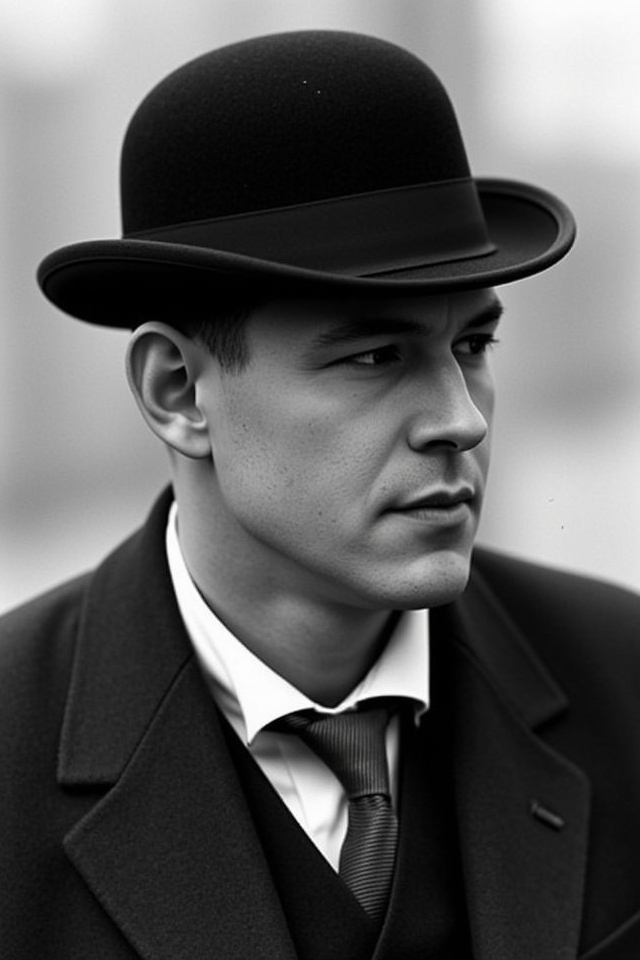
The bowler hat, a hallmark of Victorian men’s fashion, emerged in the mid-19th century as a practical yet stylish accessory. Designed with a rounded crown and a narrow brim, it offered protection from low-hanging branches during horseback riding. Popular among the working and middle classes, it symbolized respectability and was often paired with tailored suits. Made of stiff felt, typically in black, the bowler hat became an enduring icon of the era’s sartorial elegance.
The Refined Waistcoat
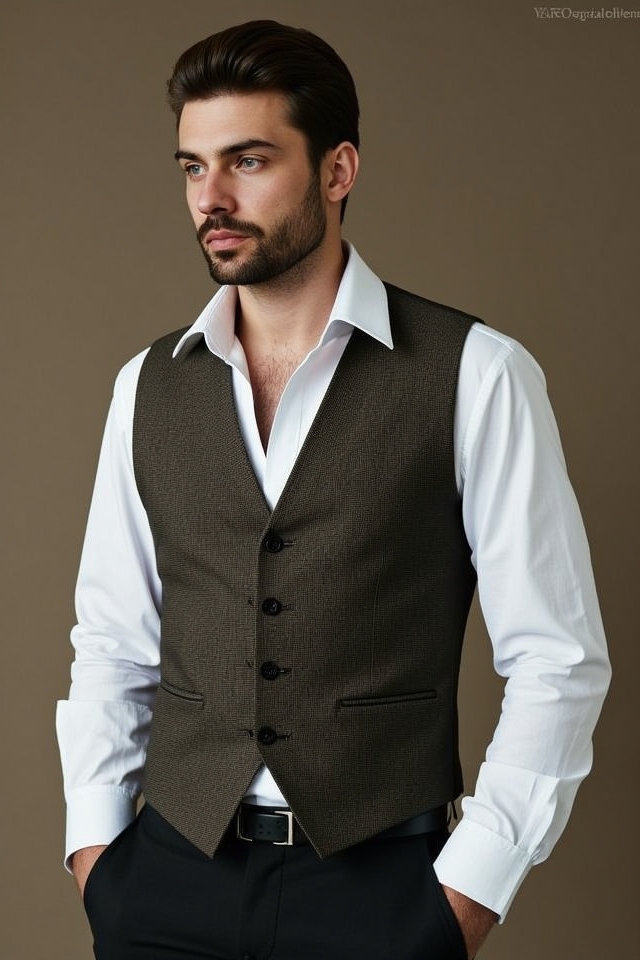
The waistcoat was a cornerstone of Victorian men’s fashion, embodying refinement and status. Typically worn over a shirt and under a frock coat or morning coat, it added a polished layer to the ensemble. Made from luxurious fabrics like silk or wool, waistcoats often featured intricate patterns or subtle embroidery. They were tailored to fit snugly, accentuating the wearer’s silhouette, and served as a canvas for personal style through color and design choices.
The Stylish Ascot Tie
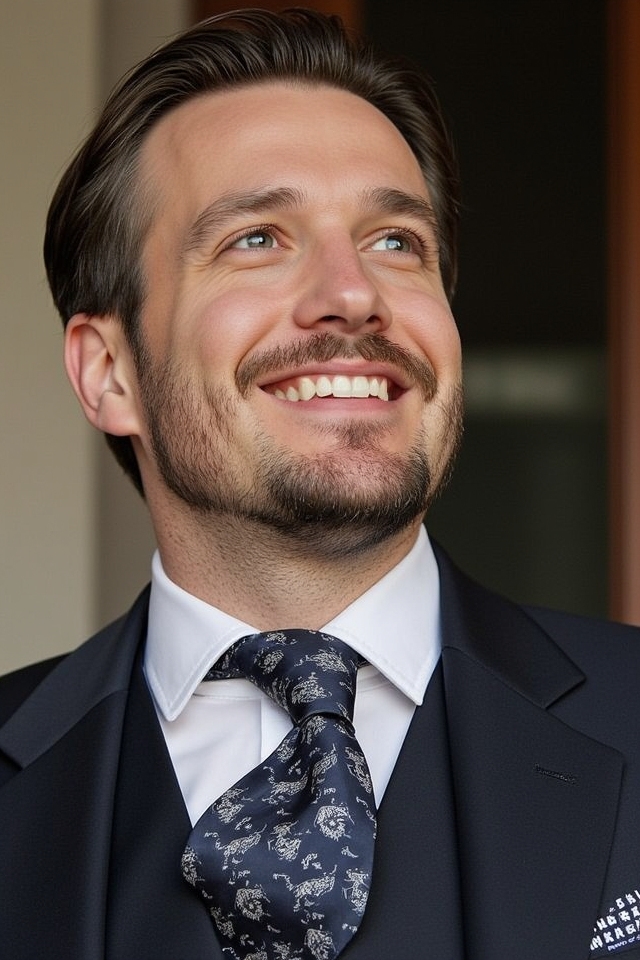
The ascot tie, a hallmark of Victorian men’s fashion, exuded sophistication and elegance. Worn primarily for formal daytime events, it was a wide, patterned necktie looped under the chin and secured with a pin. Often made of silk or fine fabrics, the ascot added a touch of refinement to morning dress or frock coats. It became a symbol of status and style, favored by the upper class and synonymous with Victorian sartorial excellence.
The Traditional Breeches
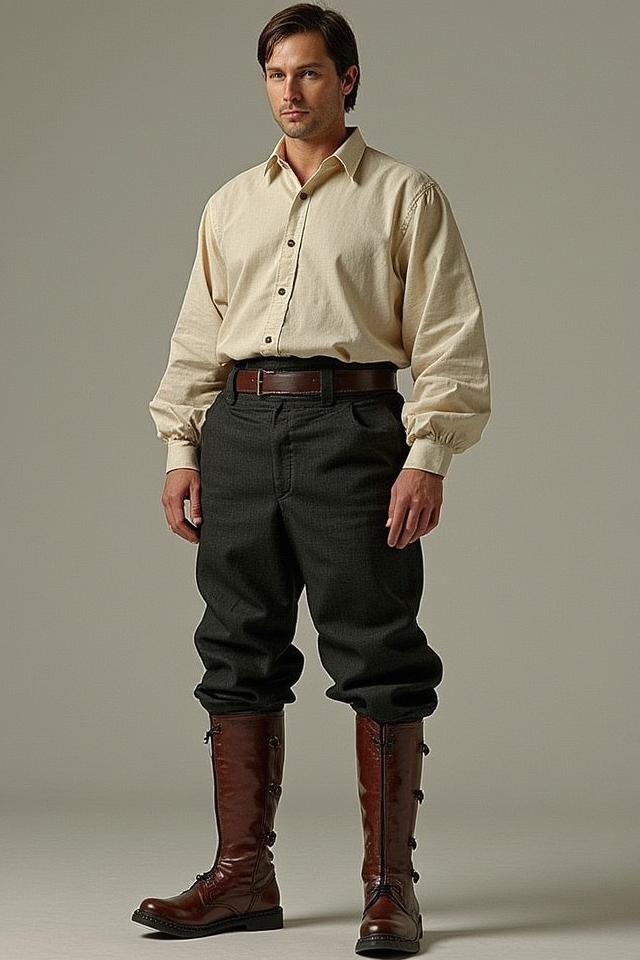
Breeches were a staple of Victorian men’s fashion, especially in the early part of the era. These knee-length trousers, often made of wool or cotton, were typically worn with stockings and tailored to fit snugly. They were commonly paired with frock coats or tailcoats for formal occasions. Breeches symbolized status and were favored by the upper class, though they gradually gave way to long trousers as the century progressed.
The Dapper Walking Cane
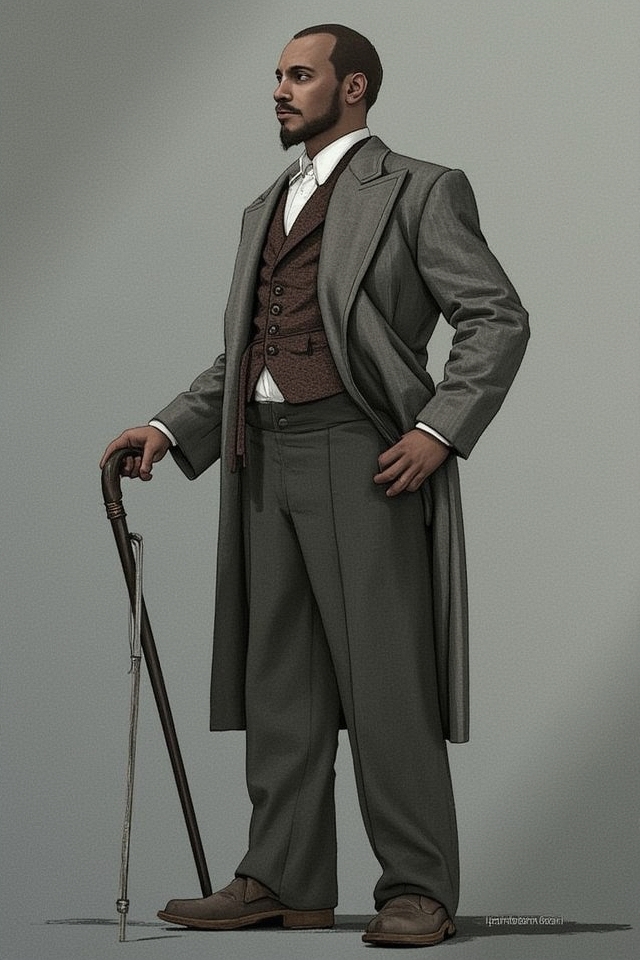
The dapper walking cane was an essential accessory for Victorian gentlemen, symbolizing both style and status. Often crafted from fine woods like ebony or mahogany, canes were adorned with intricate carvings, silver handles, or gold accents. Beyond mere decoration, they served practical purposes, aiding in walking or as a subtle self-defense tool. A well-chosen cane completed a man’s ensemble, reflecting his personality and social standing in Victorian society.
The Detailed Dress Shirt
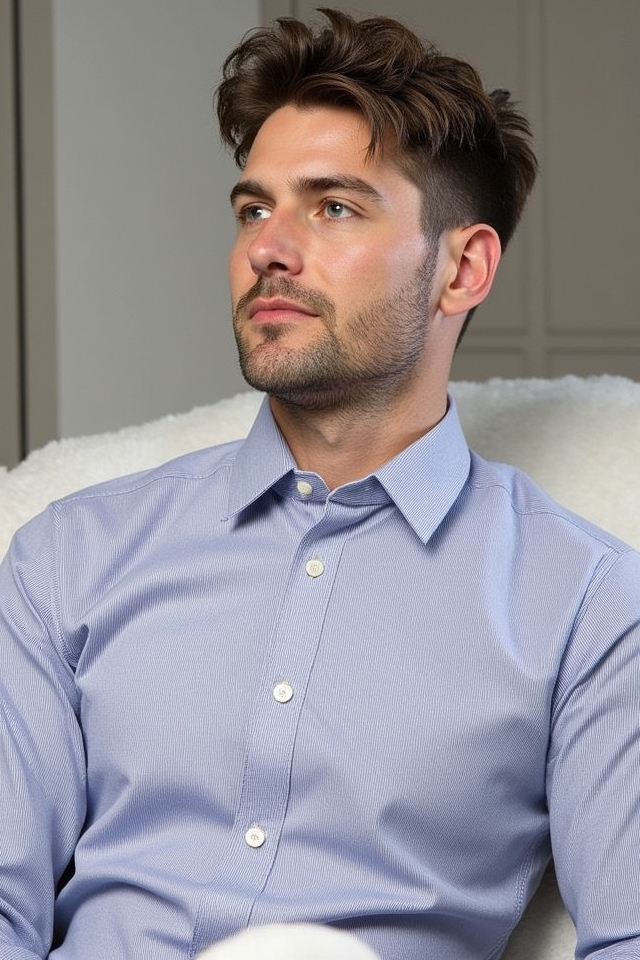
The Victorian men’s dress shirt was a key component of formal attire, characterized by its stiff, detachable collar and often made of fine cotton or linen. Typically white, it symbolized purity and status, with a starched front for a crisp appearance. Long sleeves with cuffs, sometimes detachable, allowed for customization. Worn under waistcoats and jackets, the shirt was meticulously tailored, reflecting the era’s emphasis on propriety and attention to detail in men’s fashion.
The Ornate Pocket Watch
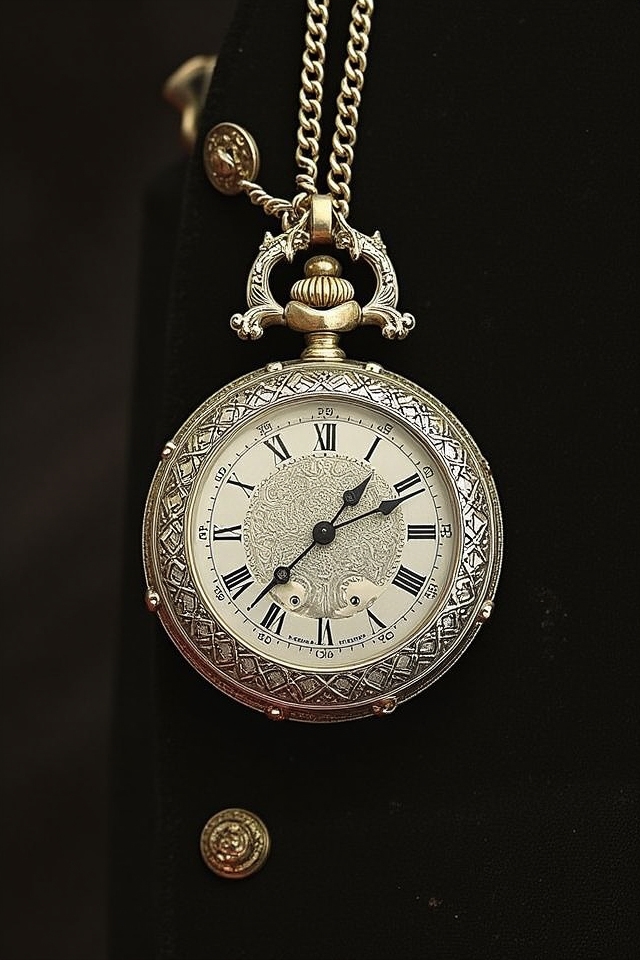
The ornate pocket watch was a hallmark of Victorian men’s fashion, symbolizing both status and punctuality. Typically made of gold or silver, these timepieces featured intricate engravings, often with floral or geometric designs. Attached to a chain, the watch was tucked into a waistcoat pocket, adding a touch of elegance to formal attire. Beyond functionality, it served as a personal statement, reflecting the owner’s wealth and taste during the Victorian era.
The Sleek Opera Cape
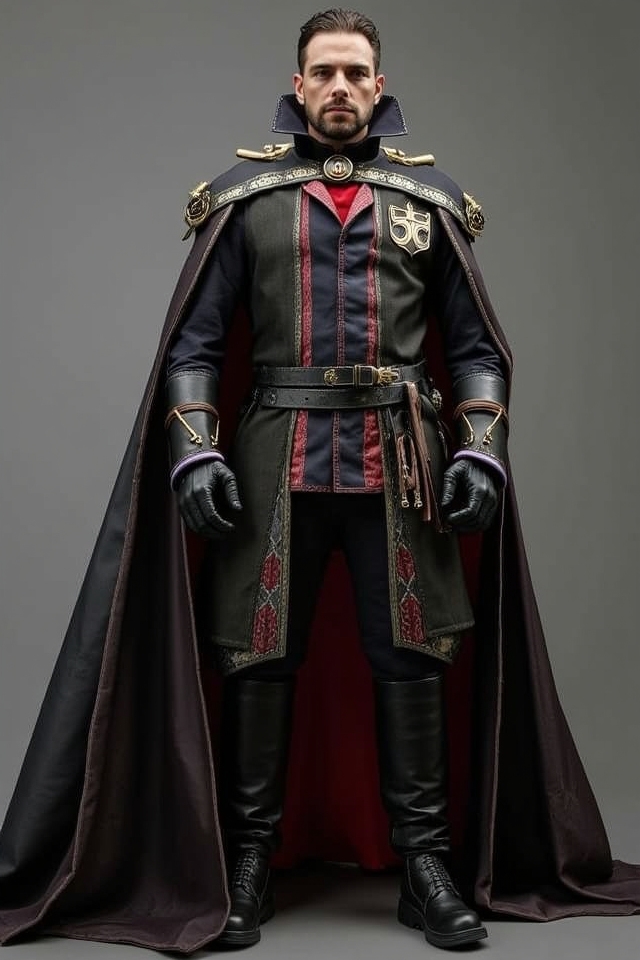
The sleek opera cape was a hallmark of Victorian men’s evening wear, embodying elegance and sophistication. Typically made of luxurious fabrics like wool or velvet, it featured a dramatic, flowing silhouette that draped over the shoulders, often lined with silk for added opulence. Worn to formal events such as the opera or theater, it was both functional and stylish, offering warmth while enhancing the wearer’s refined, aristocratic appearance with its polished design.
Conclusion
As you explore these 15 timeless Victorian men’s clothing styles, you’ll uncover a world of elegance and precision. Each piece, from the structured frock coat to the ornate pocket watch, reflects an era where fashion was a statement of identity and status. Embrace the intricate details and contextual richness of these garments, and let their sophistication inspire your wardrobe. They’re not just clothes—they’re a legacy of refined taste you can still channel today.
